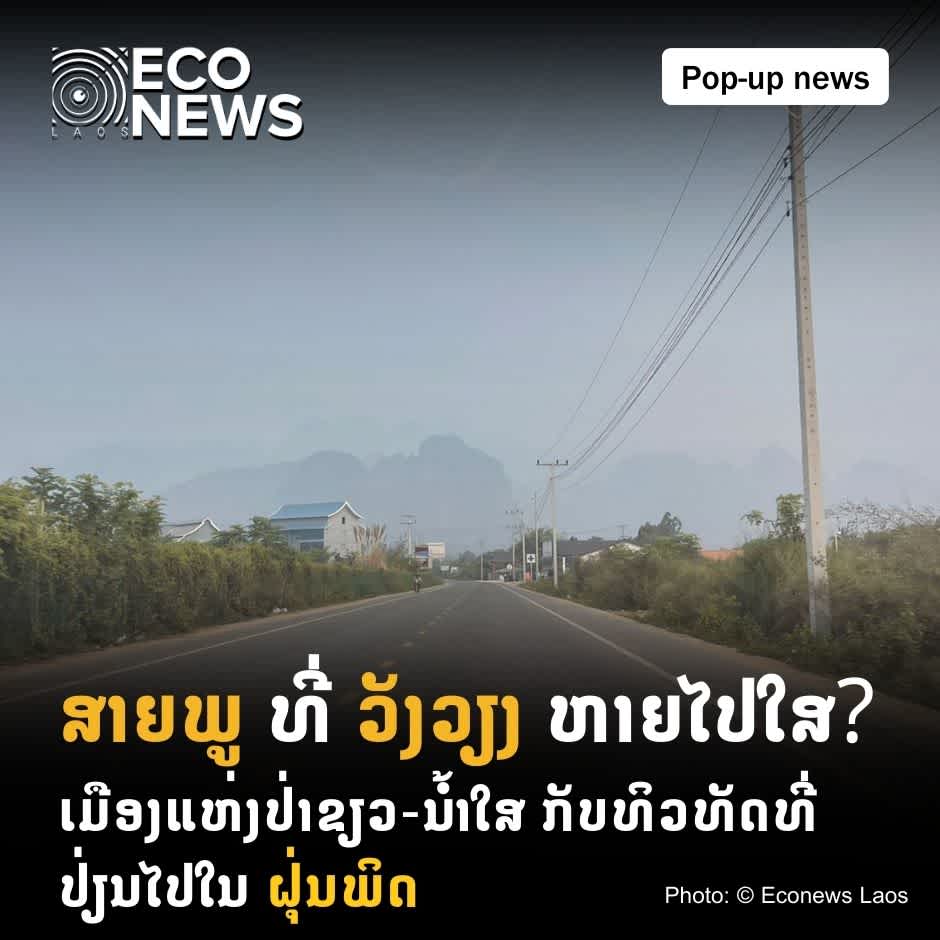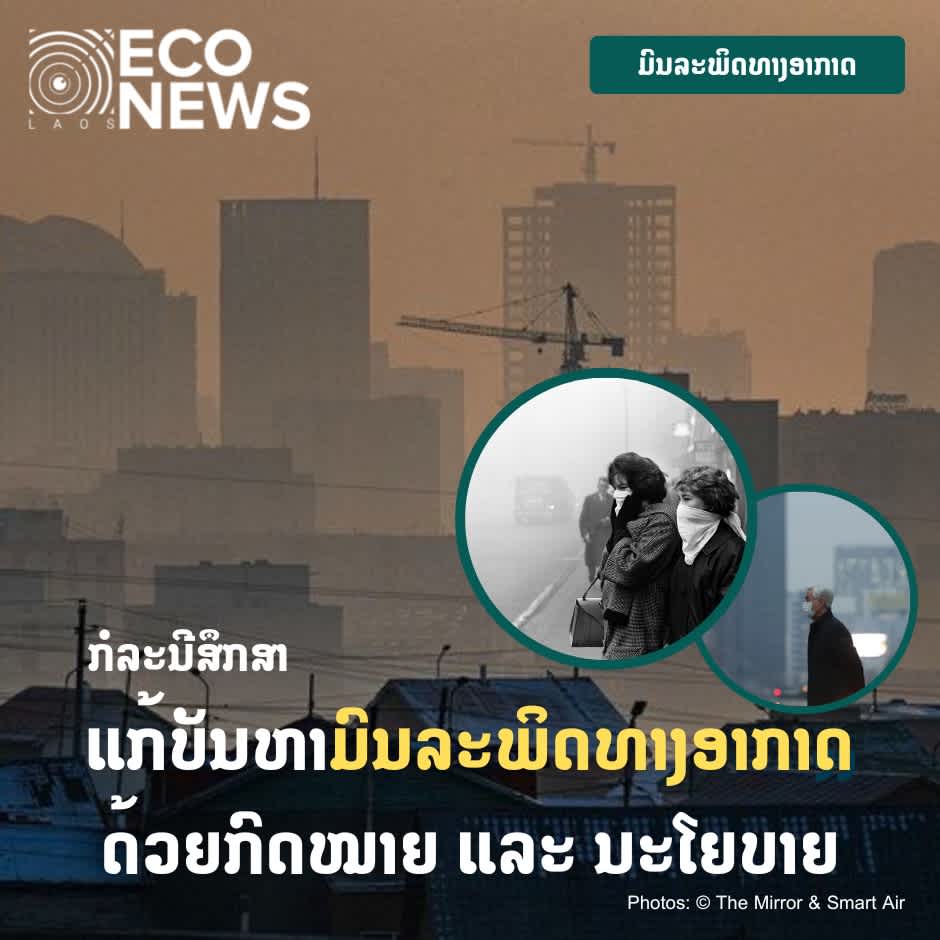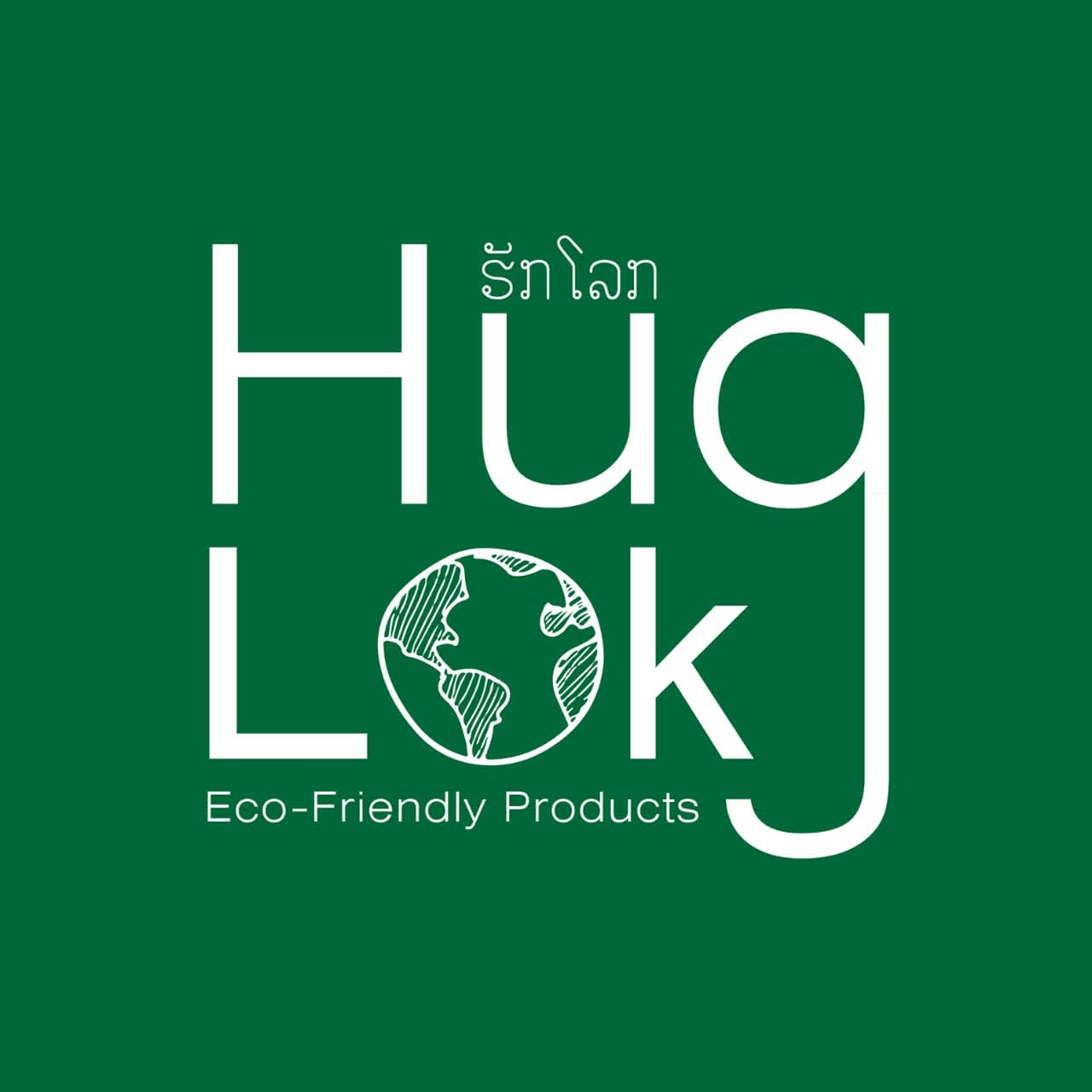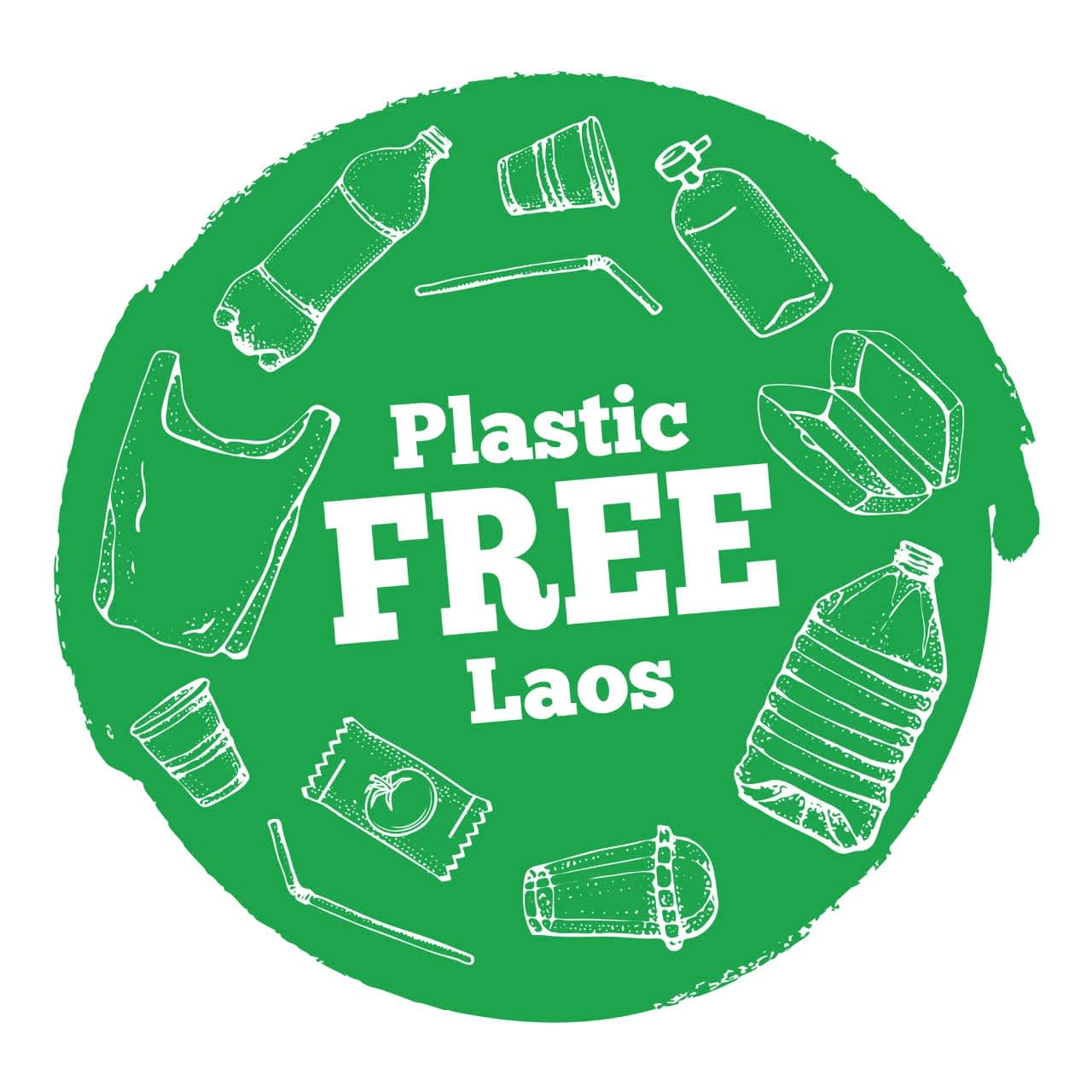Since 2000 and 2015, the Lao PDR's rate of garbage generation has been constantly rising. Around 141,876 tons of garbage were produced in Vientiane in 2000, and 214,905 tons were produced there in 2015. According to the data, garbage has increased significantly, especially in Vientiane. Lao PDR towns and cities are typically the only places where waste is collected.
Vientiane produced about 1,004 tons of waste each day (366,460 tons annually), up more than 150,000 tons annually, according to the Global Green Growth Institute: GGGI report (2020). The landfill only received between 40 and 60 per cent of this garbage. In 2015, 23,927 tons of rubbish were produced in Luang Prabang, with the landfill receiving about 80% of this waste. A total of 39,575 tons of rubbish were generated in Kaysone Phomvihane in 2015, yet fewer than half of this waste ended up in landfills.
Urban locations are frequently the only places where waste is collected; rural locations or those with bad roads are frequently unserviced. Restaurants, hotels, and markets have more regular waste collection services, and some businesses in the industry also offer these services.
Household collection services are frequently constrained by substandard equipment, a lack of service agreements, and restricted accessibility. A household must enter into a contract to obtain a service, and many do not do so because there is insufficient legislation, there are insufficient enforcement resources, or the service cannot reach them. Only 27% of households in the municipality of Vientiane and 30% of households in the city of Kaysone Phomvihane have contracts with service providers. Additionally, offering a dependable service is hampered by a lack of equipment or bad equipment upkeep.
To be clear, waste management and plastic recycling are not often priorities for formal government entities in Lao PDR, although there is an active recycling sector in several of the cities. The most valuable recyclables, such as plastic, steel, copper, aluminium, and glass, are often the ones that this recycling sector focuses on. A recognized landfill is only available in major cities, and even then, these landfills are frequently dilapidated, unhygienic, used as open dumps, pollute the ecosystem, and pose serious dangers to people's health, safety, and the environment. Many of them are nearing the end of their useful lives and must be quickly renovated, expanded, or closed and replaced. Because of this, they are unable to keep up with current levels of trash disposal, let alone anticipated future demands and higher waste collection rates. For these sites to be upgraded or replaced, as well as to enhance management, critically large investments are required.
Poor landfill management can result in harmful leachate that can contaminate groundwater, open burning of plastic waste releases toxic smoke into the air, poorly managed landfills frequently catch fire and emit toxic smoke, and unprotected informal waste pickers are at risk of being exposed to toxic chemicals.
Additionally, due to a lack of solid and plastic waste management, plastic waste can be discovered in all kinds of places, including the ocean, rivers, and soil. Animals ingest it while birds, fish, and mammals become entangled in it. As evidence, research conducted in the That Luang marsh revealed high concentrations of microplastic in fish, sediment, and surface water. The freshwater wetland in Vientiane serves as a biological natural wastewater treatment system linking the city's water channels to the Mekong River.
For the benefit of the Lao PDR's environment, economy, and people's health, the solid and plastic waste problem is a disaster that needs to be resolved right away. Changes must be made quickly to the solid waste management system if we are to move toward a greener, more environmentally conscious society. The Ministry of Natural Resources and Environment has been implementing a national plastics action plan to address this issue as part of its commitment to take action against plastic pollution in the Lao PDR. The Lao PDR's plastic pollution was analysed, and viable plastic policy measures were evaluated as well as ways to execute a new waste management strategy that is climate- and environmentally friendly and promotes sustainable growth.
#econewslaos#DG8#bethechange#wastemanagement#solidwastemanagement#landfill#laos#LaoPDR
Reference: https://documents1.worldbank.org/.../P17101101230c40bc096...








